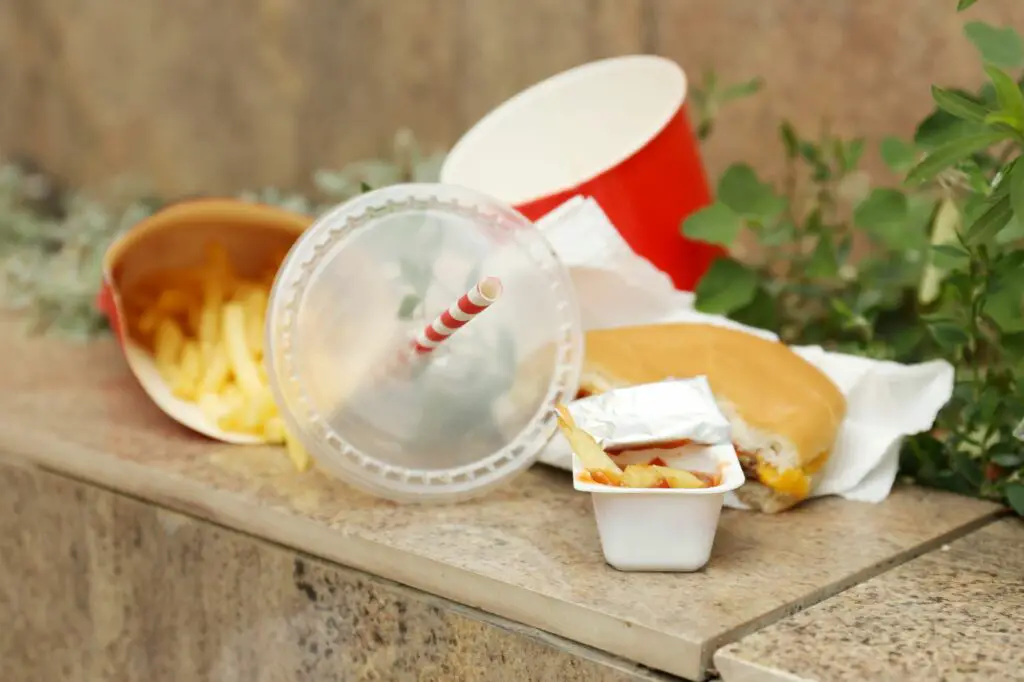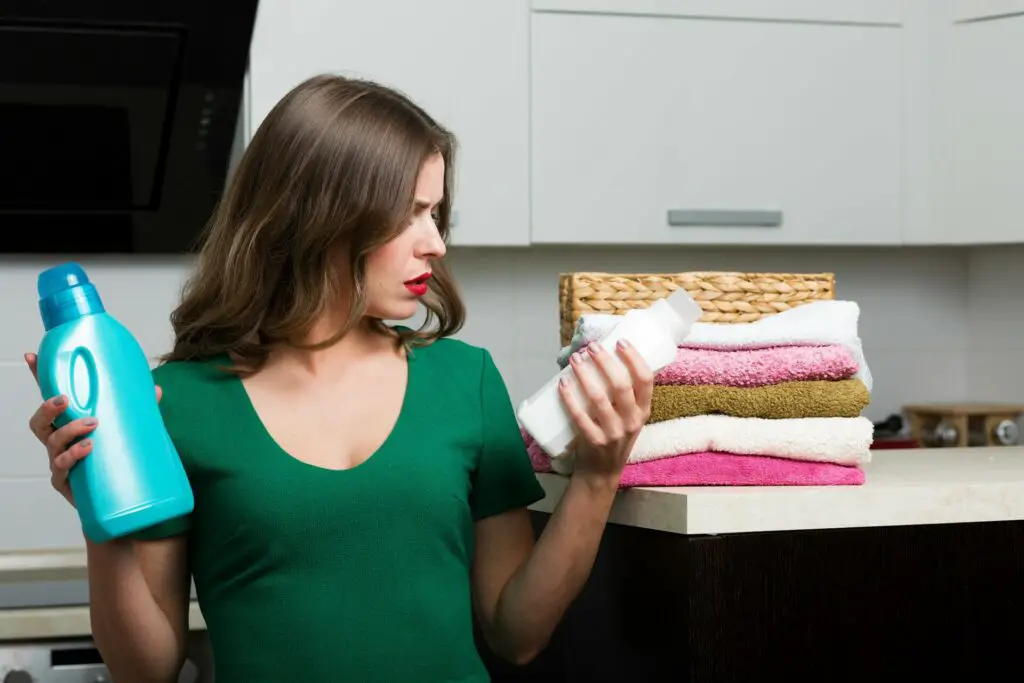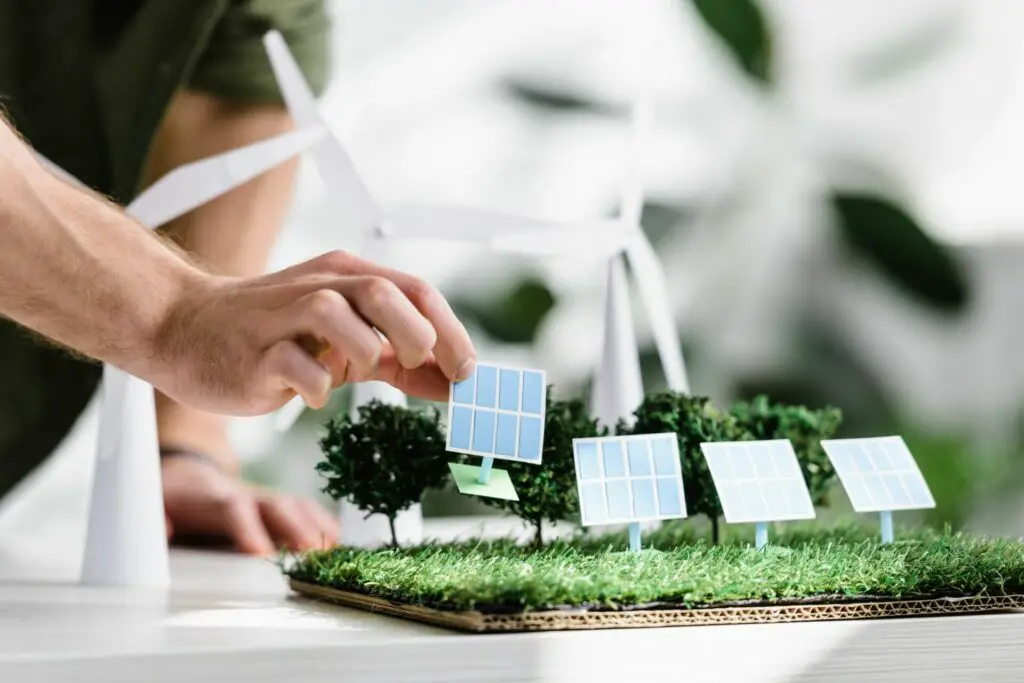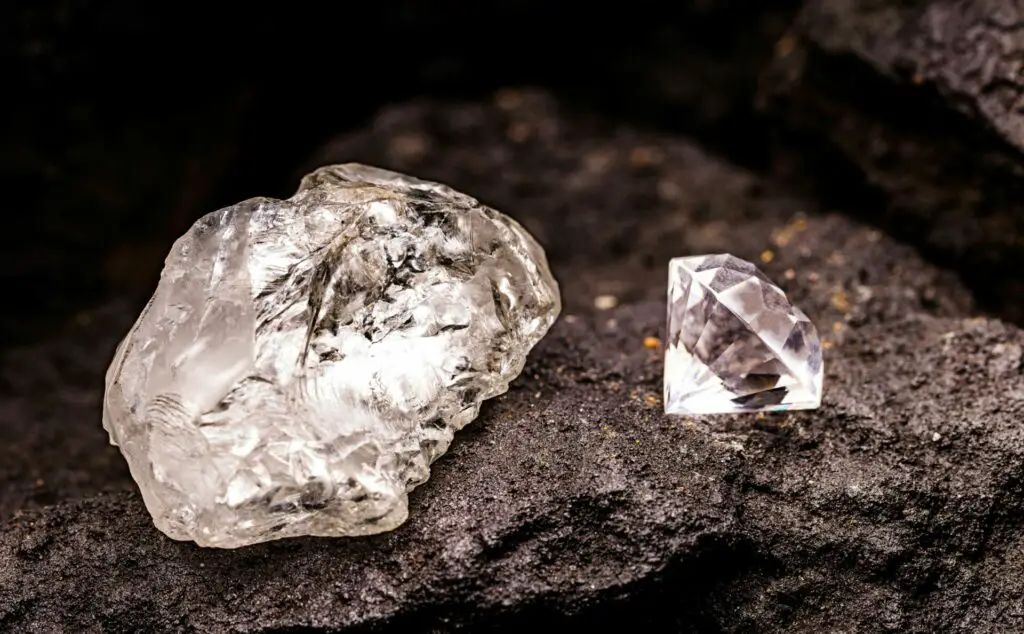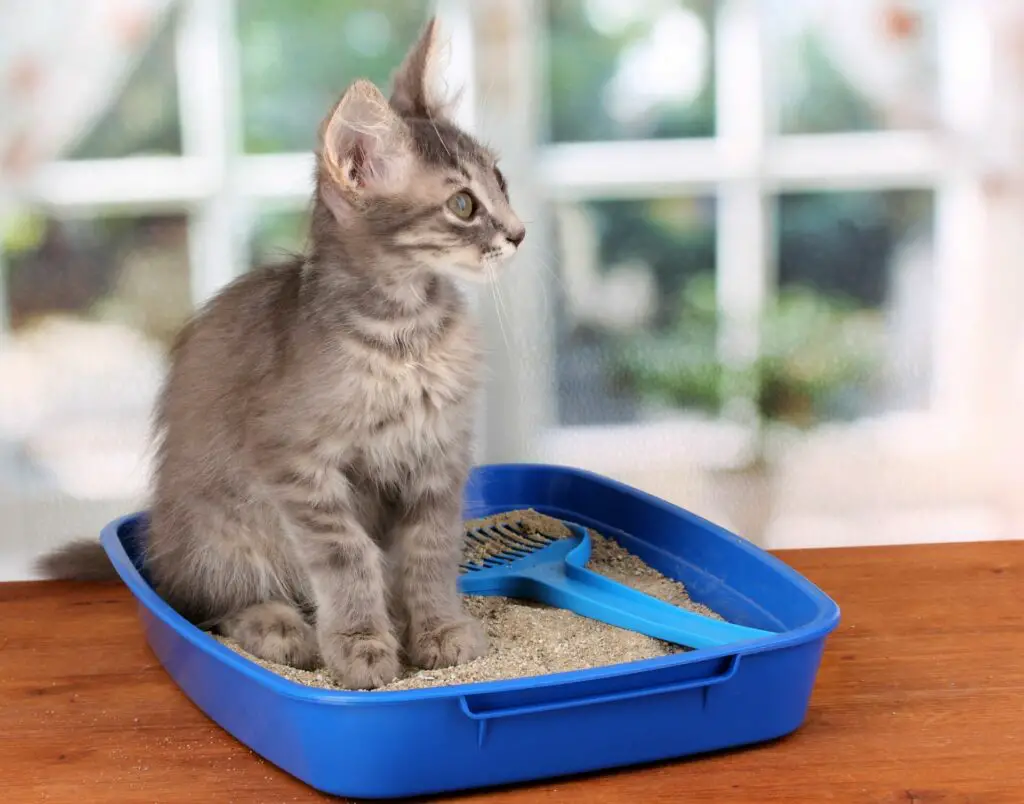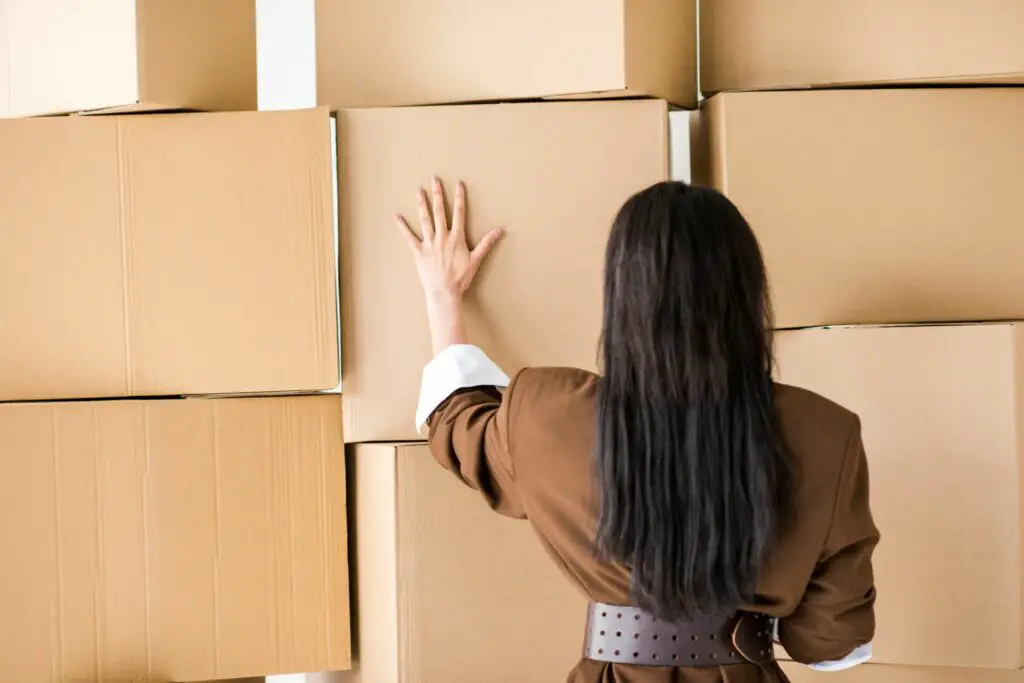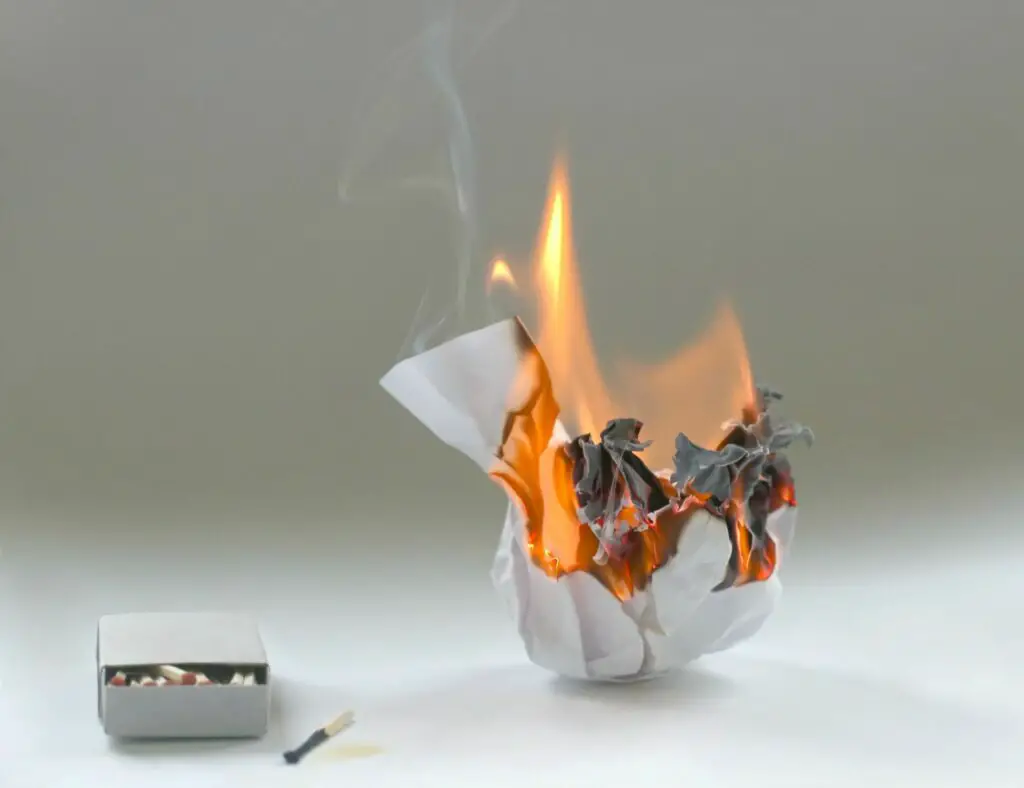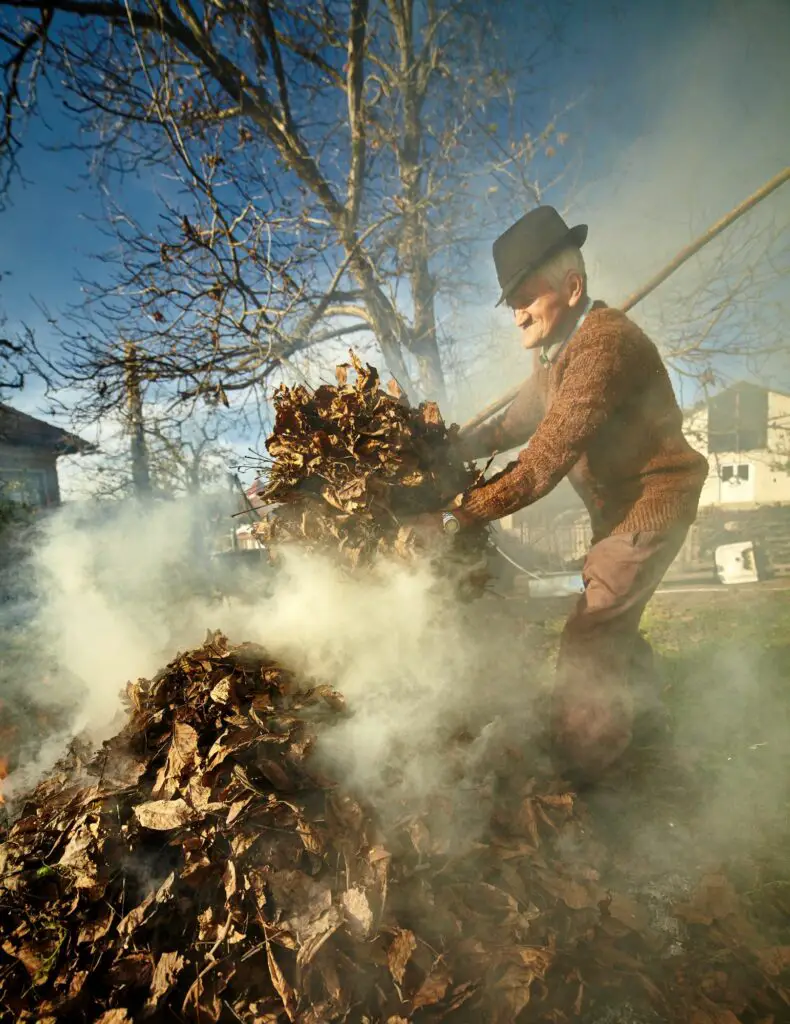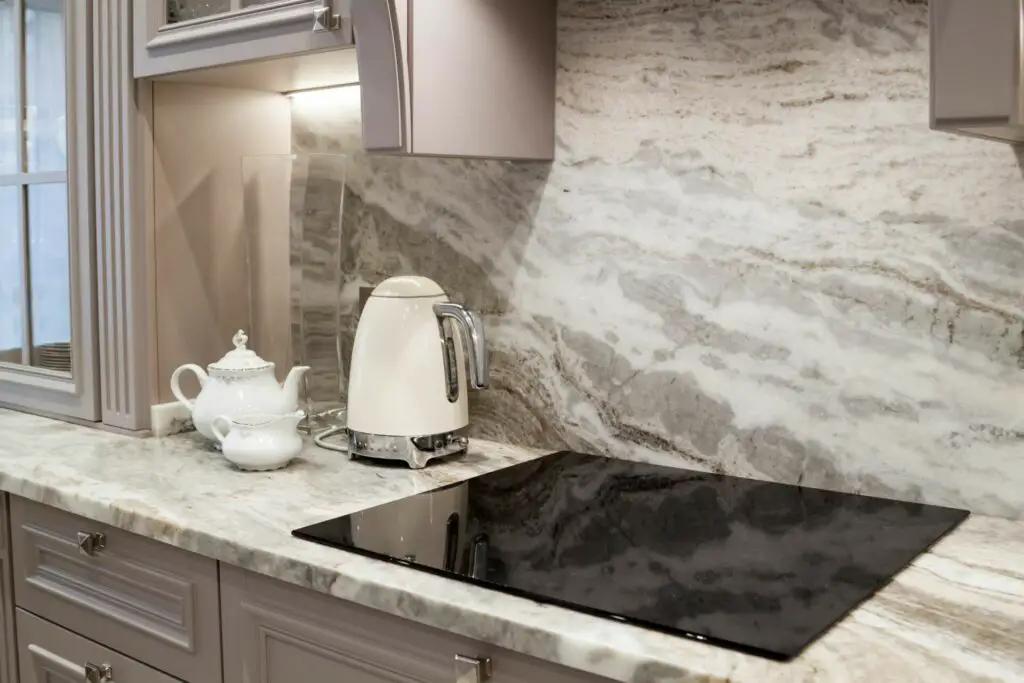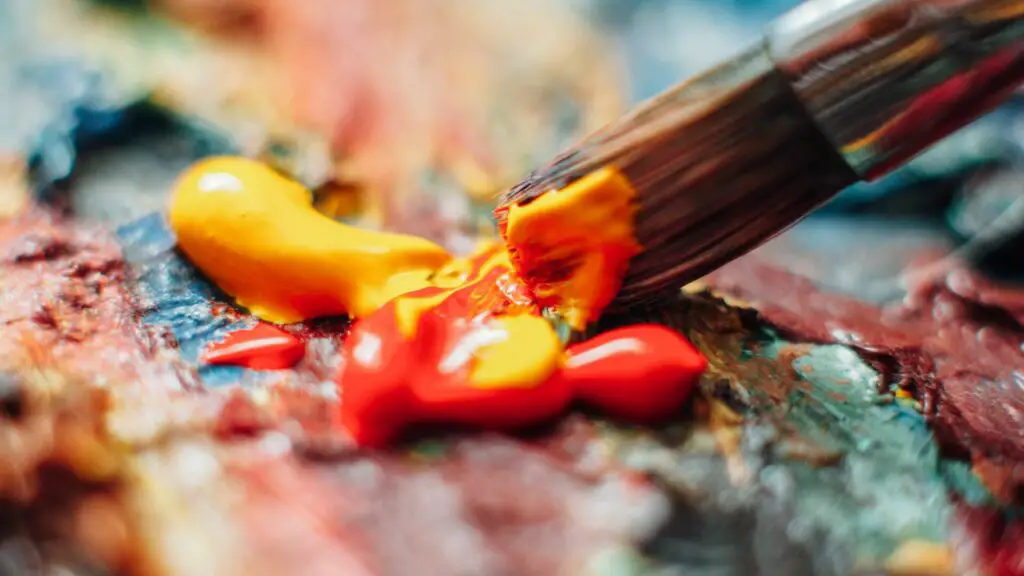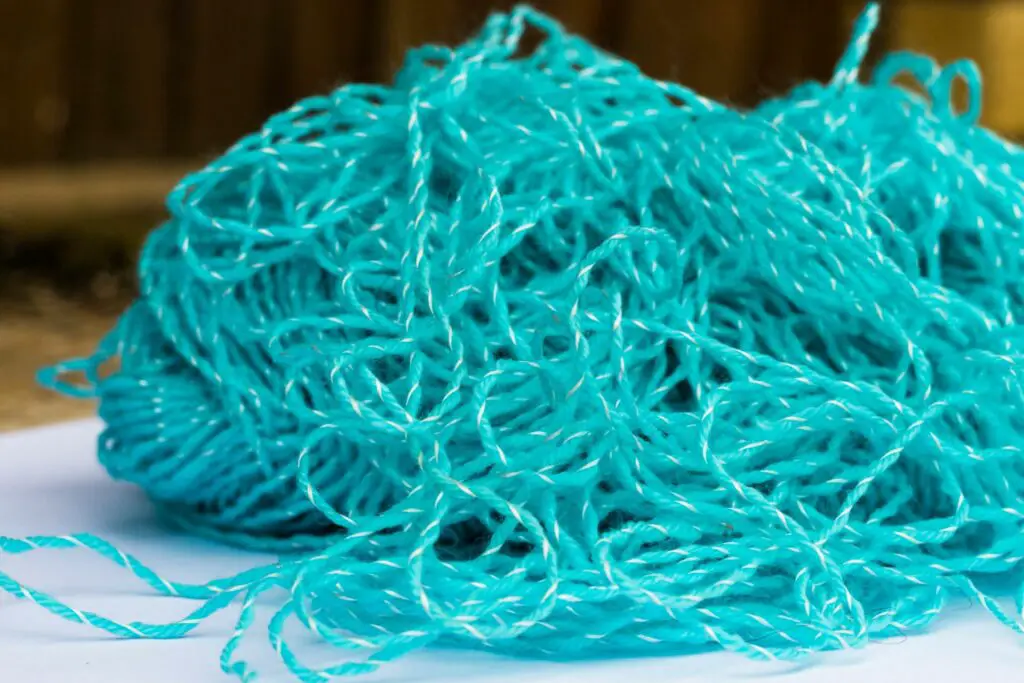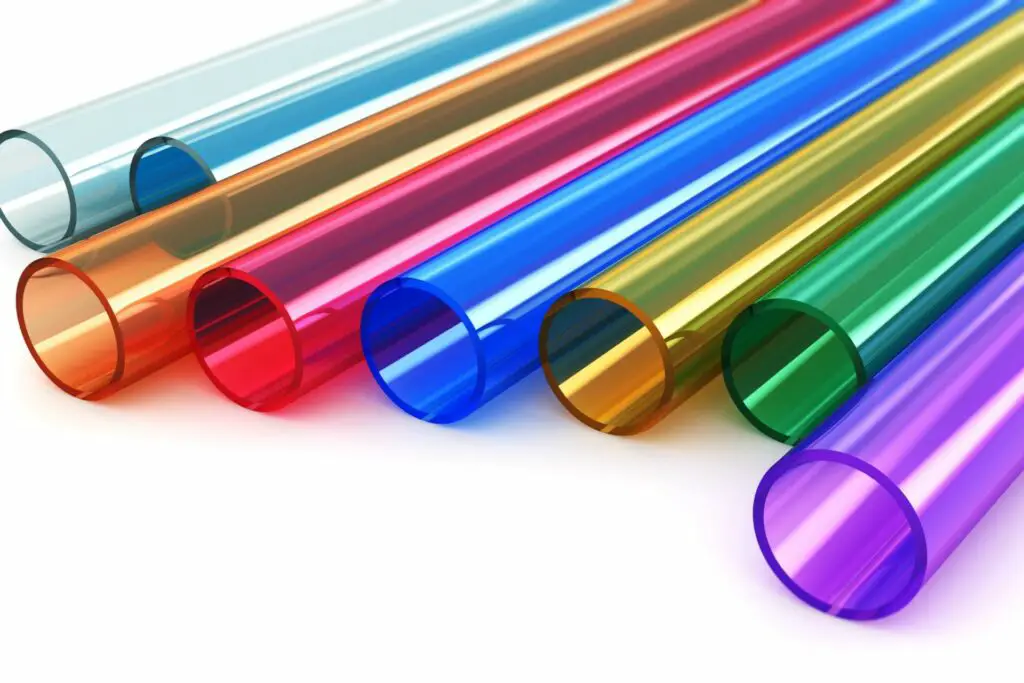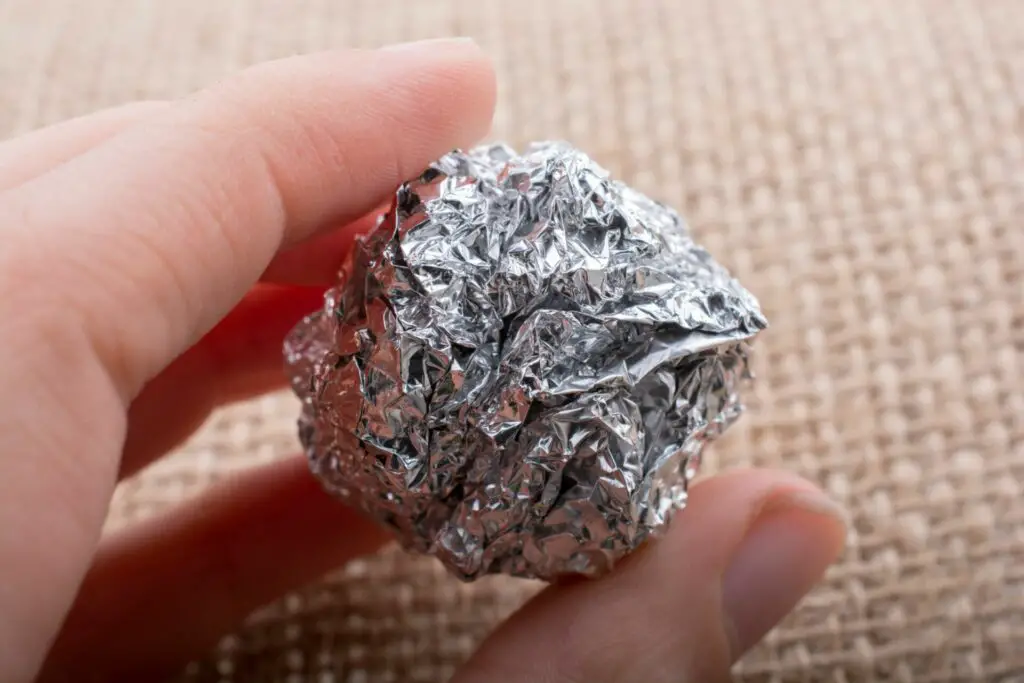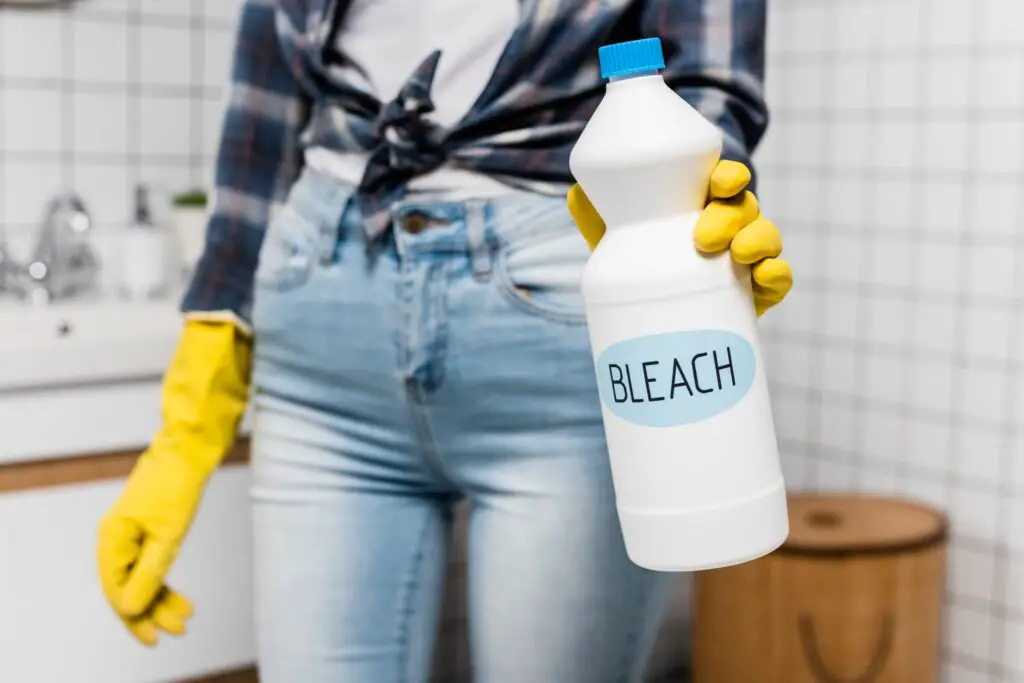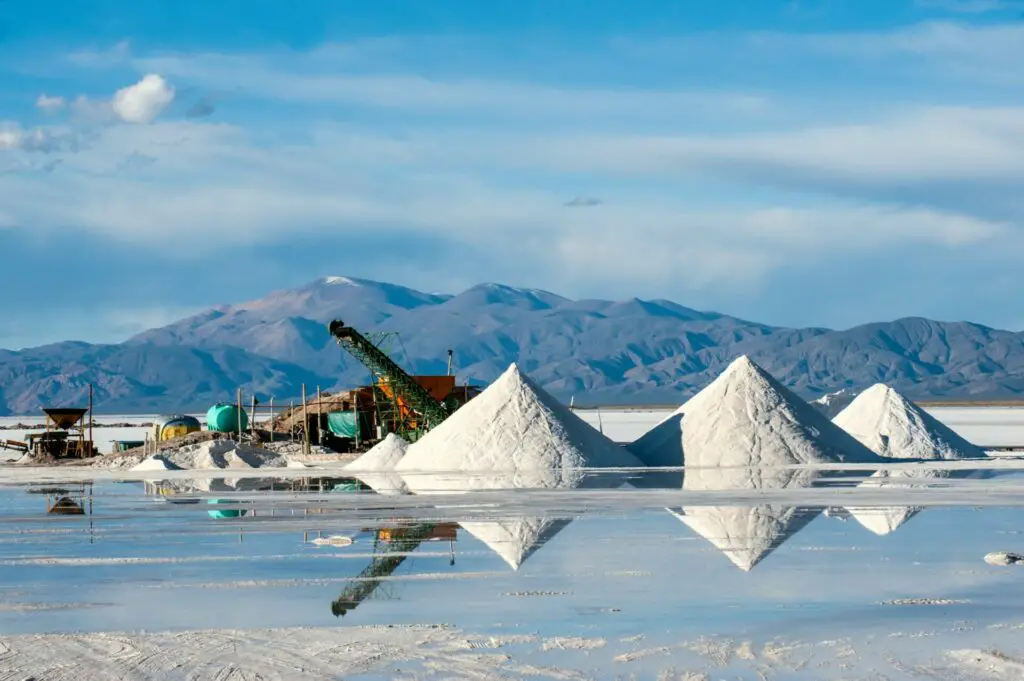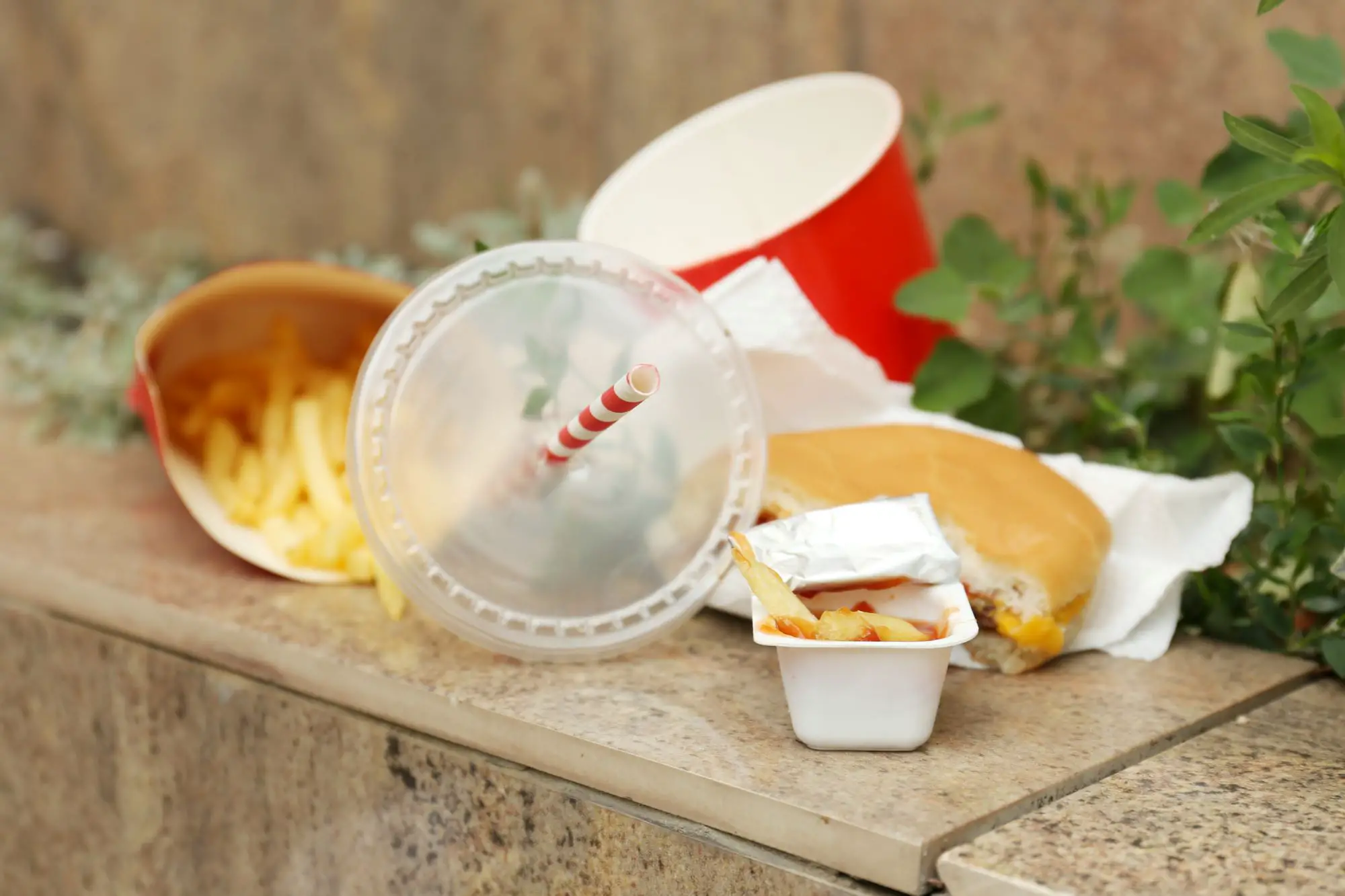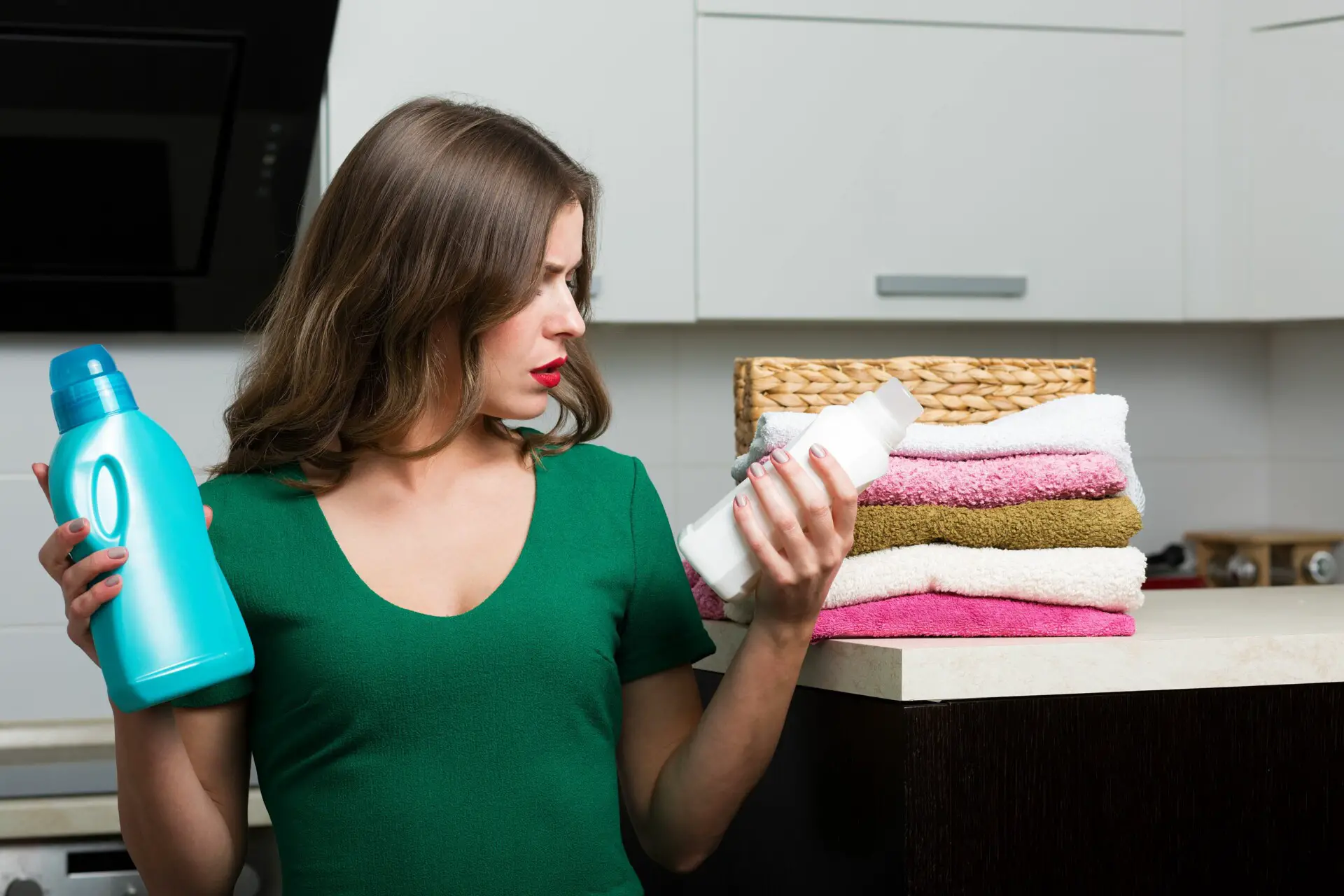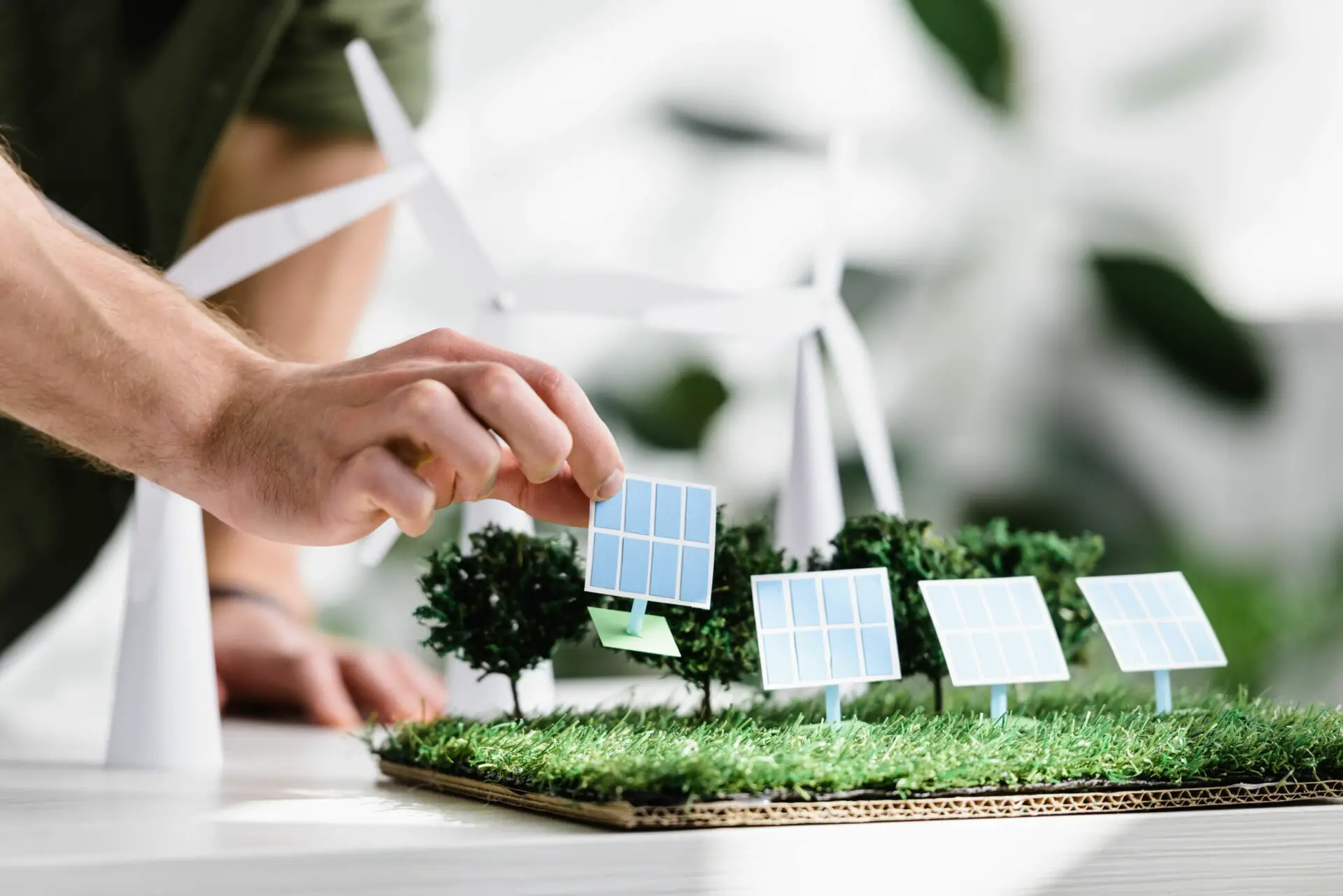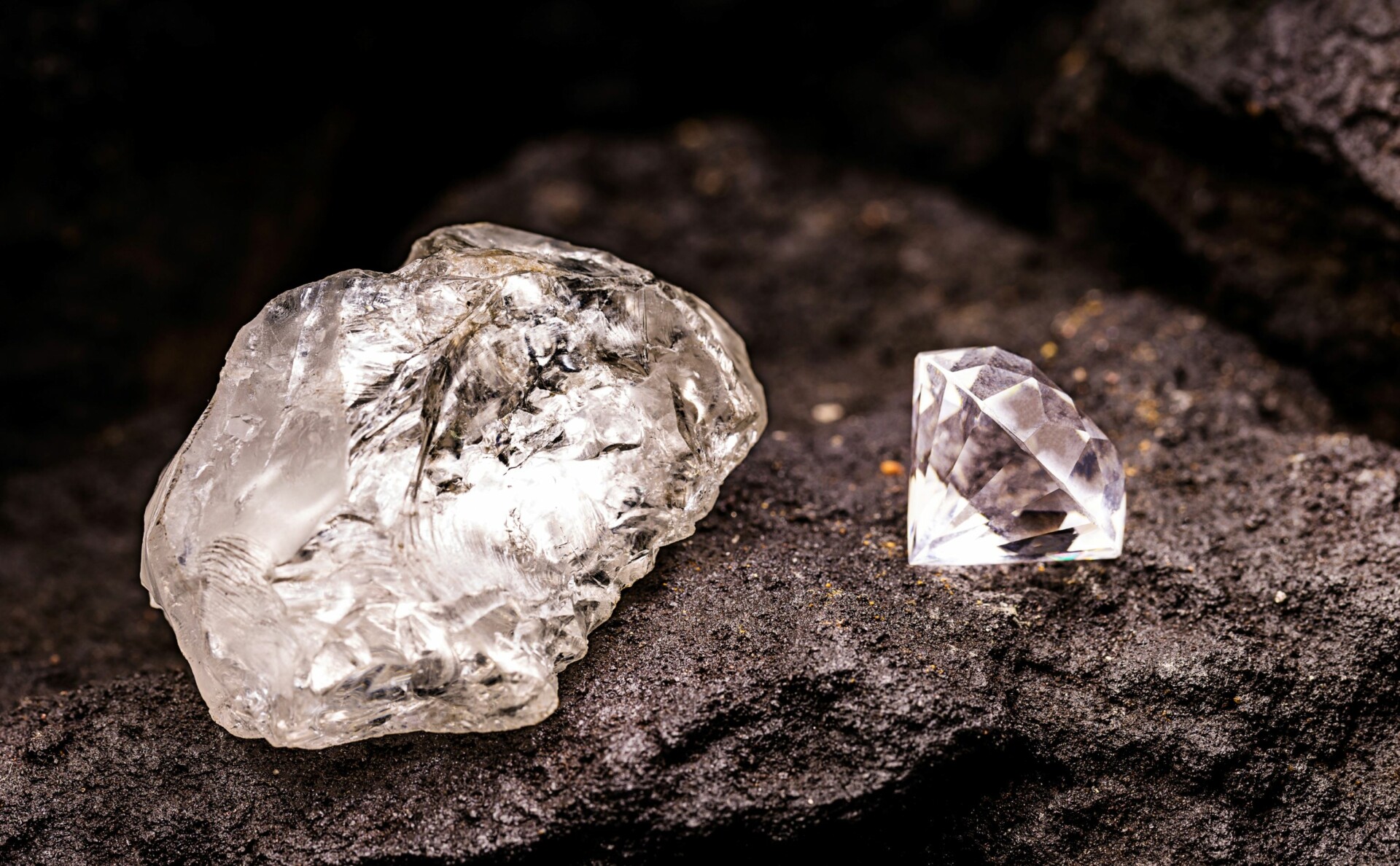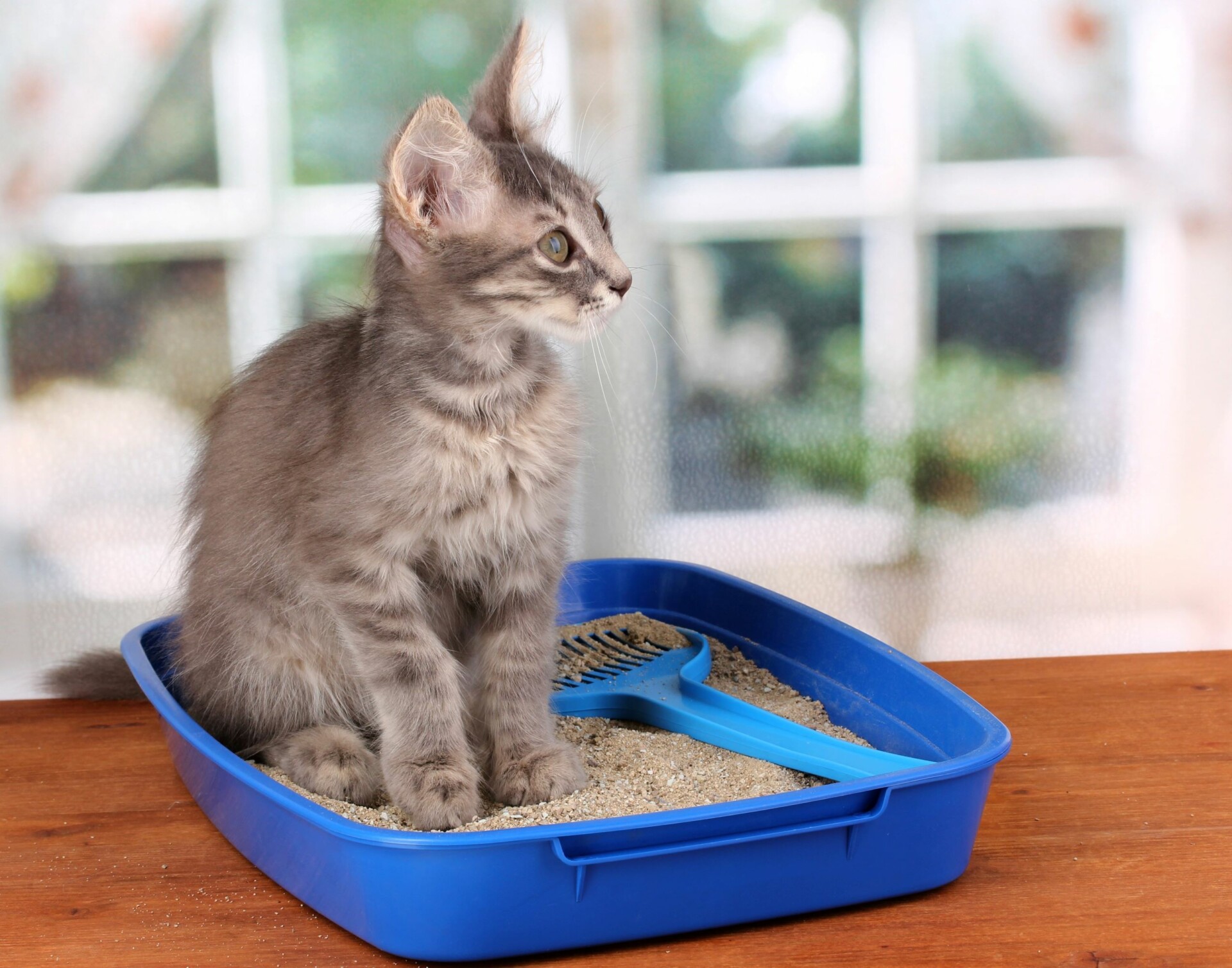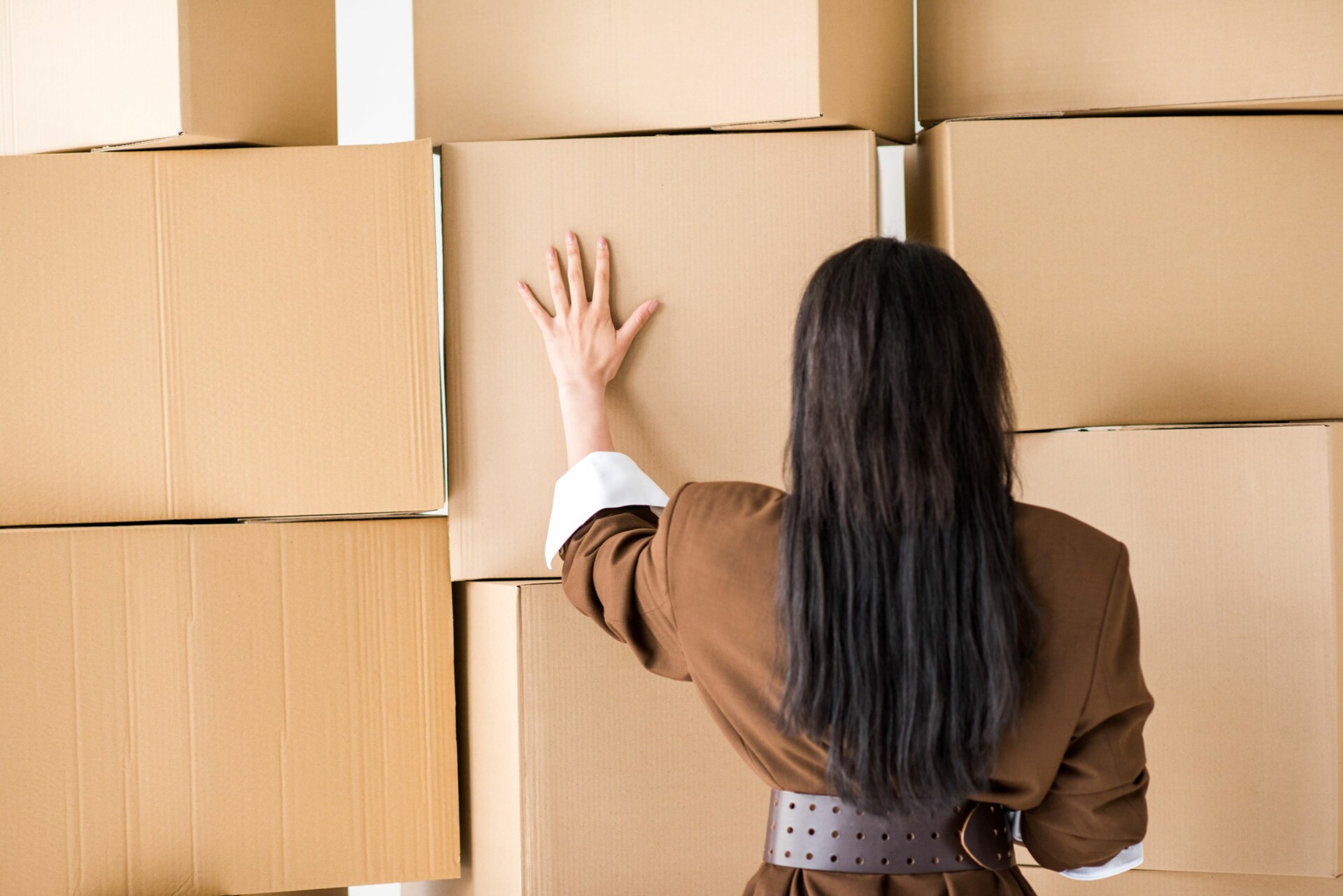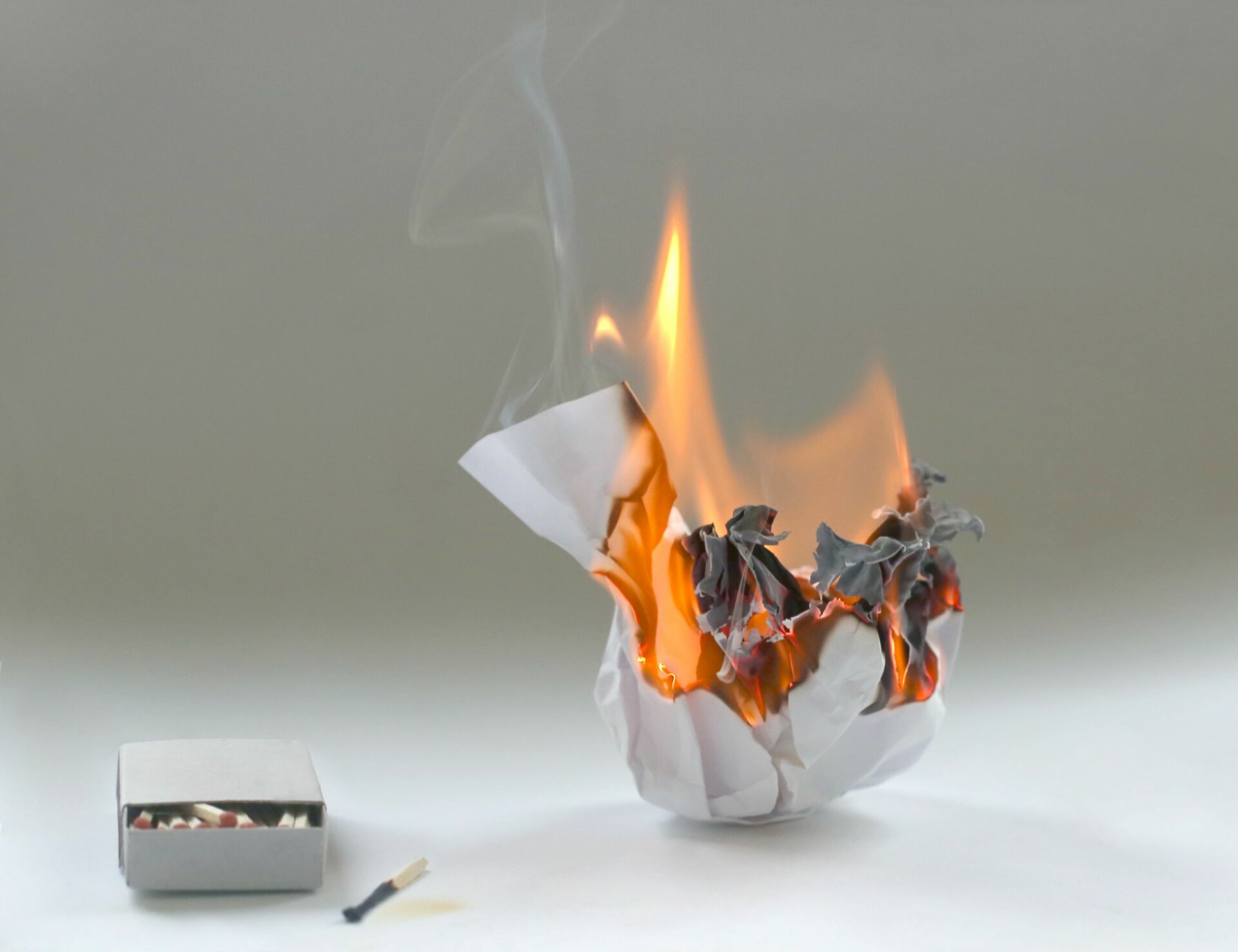Imagine yourself in the kitchen.
You could be packing your lunch. You could be making a batch of homemade sugar cookies. Perhaps you are trying to clean up the leftovers after a dinner party.
It is time to wrap up your sandwich for later. You have to roll out your cookies on the counter before cutting each one. You are ready to freeze your leftovers to eat another day.
Do you reach for the aluminum foil? Are you going to put your sandwich in a plastic baggie? Is it time for parchment paper?
In truth, there are many ways to answer these questions. Your kitchen has lots of resources, after all.
However, you need a solution that is quick, easy, safe and environmentally friendly.
What will you pick?
One option that you should consider is wax paper.
In this article, we’ll look at its benefits and its many uses (and also what you can’t use it for).
The Unique Composition of Wax Paper
There are many modern conveniences in the kitchen. Wax paper is certainly one of them. That is not to say that wax paper is a particularly new invention.
To the contrary, wax paper has a long and established history. There are some examples that date back to the Middle Ages.
This prevalence can be directly linked to the way wax paper is made. In its simplest form, wax paper is just a paper that has been specially coated with a thin layer of paraffin wax.
Given the prevalence of candles as a main source of light in history, it is not a surprise that many ancient civilizations were adept with wax.
It is also no surprise that wax was applied in many other useful contexts.
Wax paper is just one such example.
In order to achieve the best effect today, modern wax paper is typically more than coated with wax. It is actually infused with wax.
Wax paper has been made this way and sold on rolls since the early 1900s.
The purpose of this process is readily evident. By coating or infusing the paper with a safe wax, the paper becomes nonstick.
Moreover, it also becomes resistant to water. This makes wax paper incredibly useful in the kitchen.
7 Ways to Use Wax Paper
The fact that you have so many choices in your kitchen means it is possible that you have not used wax paper extensively.
In fact, in the modern world, wax paper can seem confusing and archaic.
Some people may not even keep it stocked in their homes at all. This should not be the case, however. There are many good uses for wax paper.
Many of these uses stem from its defining characteristics. As outlined previously, wax paper is known for its nonstick properties.
In cooking, it is often important to keep food from sticking to surfaces. Therefore, according to cooking aficionados, the range of uses for wax paper is quite impressive:
- Lining surfaces: Wax paper is wonderful for lining dishes that must be set in a refrigerator or freezer. It is also a good choice when making candies or chocolates that must be set through chilling.
- Protecting counters: Wax paper is often used in professional kitchens as a surface protector when rolling out dough. It is especially good with pie dough, which can be sticky and messy to make.
- Packing food: You can easily pack your lunch with wax paper. It can wrap sandwiches, cover salads, package fruit, hold baked goods and more.
- Storing food: Food can be put in the refrigerator with wax paper for safekeeping. It is an especially popular choice for cheese and meats.
- Presenting food: Some people even find wax paper more attractive than other liners, which is why it can be used to line appetizer trays during dinner parties. Brown wax papers are often preferred for this use.
- Sifting ingredients: It is easy to sift flour, sugar or cheese onto wax paper for a mess-free transfer to the bowl or other baking receptacle.
- Other craft applications: Although wax paper is most commonly associated with the kitchen, it can also be useful for crafting. It can be used with painting, clay and so much more.
Know the Limits of Wax Paper
Clearly, wax paper has earned its place in your kitchen cupboard. There is a reason it was a staple for our parents and grandparents.
That is not to say that wax paper is a universal solution to all your kitchen projects.
The main limitation of wax comes back to the nature of the coating. As you probably already know, wax is made to melt. This is evident when wax is used for candles.
This characteristic of wax holds true for wax paper. Wax paper will melt at normal baking temperatures.
Therefore, you would not want to use wax paper when you bake items in the oven.
Wax paper will melt in the oven. At high temperatures, it can even catch on fire.
Understanding the properties of wax paper is important for the integrity of your cooking. Overall, outside of baking, wax is a versatile tool for your kitchen.
Wax Paper Can Be a Safer Choice for Your Family
It is one thing to understand that wax paper is versatile. It is another thing to choose it for your daily kitchen needs. After all, there are plenty of alternatives.
Why bother with an outdated option like wax?
It is a question that deserves thought. In some cases, it is not so much a question of the virtues of wax. It is also a question of the drawbacks of the alternatives.
One main reason that not as many people use wax paper today is the rise of plastic.
Over the last century, plastic has quickly become one of the most commonly used substances in our lives. It is used to make our toys, tools and more. It is especially common in the kitchen.
Plastic has had many positive uses, but its environmental toll is hard to overlook. Plastic does not decompose, which means it is filling up landfills at a terrifying rate. Moreover, there are other risks associated with plastic.
In particular, you have to look at the chemical composition of most plastics. An article from the New York Times explored this issue with some detail.
The article explains that the Environmental Protection Agency has approved 80,000 chemicals for consumer use.
With this clearance, millions of pounds of plastic are made each year. However, only a fraction of these plastics have really been studied for overall toxicity.
What does this mean exactly?
It means that these plastics are cleared for use, but their impact on the environment and our bodies is not established. The ones that are documented are not encouraging.
Just take the research on bisphenol. You have probably heard of this one. It is known commonly as BPA.
After a few major studies, BPA was found in the urine of most people tested across the country.
Officials say that BPA is safe, but there are few studies that look at the effects that can accumulate from exposure over years and decades.
When plastic is used for food storage, the impact is mostly unknown as of now. However, there is ample evidence, according to the New York Times, that traces are getting into our bodies.
This means that every time you use plastic wrap or clingfilm, traces of plastic and its chemicals can be transferred to your food.
The research is limited on what the impact of this exposure can be. However, this exposure is easy to avoid when you use the right alternatives.
This is why wax paper is still a viable option for your kitchen needs.
Wax paper does not have the same chemical risk of popular plastic alternatives.
This makes it a much safer choice for your health.
Wax Paper Is Better for the Environment Than Plastic
Personal health is only half the story when it comes to plastic.
The unfortunate reality is that plastic is also a real environmental hazard.
It is common knowledge that plastic waste poses a problem in landfills, roadways and waterways.
A surprising amount of this plastic can come from your kitchen. Plastic does not biodegrade in the environment, leaving it to contaminate the area for years upon years.
When plastic wrap is used in the kitchen, the plastic waste is part of this problem.
Wax paper can serve as an apt alternative.
An article from The Guardian outlined this benefit quite clearly. The wax and paper base are not nearly as detrimental to the environment, and the wax option can do a lot of the same things as plastic wrap.
In some cases, it is even better for storing some foods like cheese because of its malleable and breathable properties.
If you look for soy variations, wax paper can even fit a vegan lifestyle.
Research from National Geographic shows similar results.
By using wax paper instead of plastic, environmentalists have been able to minimize plastic waste by 100 million square feet in just two years.
This benefit comes with few sacrifices because wax paper can do almost everything that plastic wrap can do.
There is no doubt that plastic wrap has been a convenient and affordable option. However, the environmental toll and the health risks are too real.
Wax paper is proof that new technology is not always better technology.
Wax Paper vs. Aluminum foil
Plastic is an easy target when looking at environmental causes.
However, it would be too simplistic to think that the choice is exclusively between wax paper and plastic.
Another significant option for many kitchen tasks is aluminum foil.
Aluminum foil is made from thin sheets of metal. Foil can be used and recycled, which puts it a notch above wax paper on some fronts.
However, it is not a slam dunk in terms of the environmental toll. Slate reported that foil requires a lot of resources to manufacture.
If you want to produce one ton of aluminum, you will use up 170 million British thermal units of energy. Worse, there will be 12 tons of carbon dioxide waste.
Aluminum production is also linked to “red mud.” Red mud is the waste that cannot be used when processing aluminum.
It is devastatingly toxic and difficult to handle safely, leaving a lasting negative impact on the environment.
By looking at these facts, even plastic can look like a viable option.
In this context, wax paper looks increasingly like the environmentally friendly choice for many of your food storage and preparation needs.
What Kinds of Wax Are Used in Wax Paper?
Historically, beeswax would be used. There are two major types of wax used today.
Overall, today’s wax paper is most commonly made from paraffin.
Paraffin is made from petroleum, but this variation is approved for food use. It is non-toxic, which means it can be safely digested by humans.
In fact, this type of paraffin can actually extend the life of your fruits and vegetables.
Paraffin wax paper was first invented by Thomas Edison, and the modern invention of putting it on a roll started in the 1920s. The first company to make paraffin wax rolls was Reynolds Cut-Rite.
It is also possible to buy soybean wax paper. This is a less common ingredient, but it has gained popularity because of the nature of soybeans.
According to many sources, soybeans are a sustainable, organic choice. Therefore, soybean wax paper is vegan and more environmentally friendly.
Some environmentally conscious sellers have even gone back to using beeswax. Other options include jojoba oil and tree resin.
Some of the brands that carry such specific eco-friendly and sustainable wax products are Bee’s Wrap and Etee.
While soybean wax paper is more natural, it should be noted that both versions are still better for the environment than many alternatives.
If the type of wax matters to you, then be sure to research each brand before making a purchase.
Is Wax Paper Toxic?
As has been stated previously in this article, wax is generally a safe option for food preparation and storage.
Even though many modern wax papers are made from petroleum, they are thoroughly tested for safety. In this regard, all wax papers sold on the market are food safe.
Compared to many other products with a similar function, wax is not considered toxic. The toxicity of plastics is documented.
One study suggested that up to a third of plastic food packaging may contain dangerous chemicals.
Wax has been used for centuries, and its properties are thoroughly understood. The fact that wax can be approved for food usage is important.
However, wax should still be used with care. Many sources cited in this article explain that digesting wax is inadvisable. It can cause pain. Large quantities can require medical help.
Moreover, the nature of wax should give you some pause. Never use wax while baking.
In the best case scenario, your bake will end up with melted wax in it. In the worst case, you may set something on fire.
Can Wax Paper Be Recycled?
Despite the fact that wax paper has many environmental benefits, you should know that it is not recyclable.
Many people try to recycle, and most communities facilitate the process with weekly recycling collection.
Before you throw your wax paper in the bin, you should know about its viability.
Experts have investigated this question with some depth. The conclusion is that wax paper is generally not compatible with modern recycling methods.
This stems from the makeup of wax paper. While the paper itself would be recyclable, the wax coating renders it much more complex.
Although wax is a natural substance and it is safe for food usage, it is not recyclable.
To understand why, you have to look at the way recycling works. The cited expert explains that recycling breaks paper products down with water.
The wax stops the process from working. In fact, the presence of any oil throws the recycling process off track.
Now, if the wax were on plastic or metal, then the problem would not exist. Plastic, metal and glass are processed through heat and not water.
However, wax paper would get separated with other paper products. It would resist the process, and the needed slurry would not be made.
Reuse Your Wax Paper to Reduce Waste
This may seem like a limitation, and it is worth keeping in mind as you seek the best environmentally friendly products for your kitchen.
However, wax can be reused in other, more creative ways.
In many situations, your wax paper can be safely reused. Because wax paper is water resistant, it can easily be wiped off.
If you are baking with flour or sugar, wax paper can easily be wiped down like any part of your counter and used again.
Use some caution when trying to reuse wax paper. Wax paper should not be reused when it has been in contact with meats, cheese or raw egg.
Reusing wax paper is not the only way to keep the environmental toll at a minimum. Composting sources also consider the possibilities of wax paper.
While petroleum paraffin wax does take longer to break down, there is evidence that suggests it can be done.
Soybean wax or beeswax, which are organic, are more conducive for composting. However, both variations can be used with success in your composting bin.
Does Wax Paper Contain Plastic?
Plastic shows up in surprising places, and it is often in unexpected products. Therefore, it is a justified question to ask.
The good news is that wax paper does not contain plastic.
Wax paper is simple paper lined on both sides with wax.
How Long Does Wax Paper Take to Decompose?
In general, wax paper is biodegradable. The rate of decomposition can vary depending on the type of wax being used.
Organic waxes, such as soybean wax, take about two weeks or a month to start breaking down in the environment. Paraffin usually takes longer.
Wax paper meets the criteria to be considered biodegradable according to most international standards.
In some instances, wax paper is even considered compostable. Before choosing to compost with wax paper, be sure to do some reading on the brand you are using.
Overall, the results are promising. This puts wax paper far above plastic in terms of environmental impact.
Conclusion
Obviously, in a perfect world, we could live, cook and eat with no waste whatsoever.
All of us will fall short of that model, and that is why practical, environmentally friendly solutions are so important.
Wax paper can be a part of that solution in your kitchen.
Wax paper is not without its faults, but it is a dramatically superior choice compared to plastic wraps. It even holds its own against mainstays like aluminum foil.
Before using wax paper, it is imperative to understand its attributes and its drawbacks. Then, you can make the best decision for your home, your family and your world.
You Might Also Like…
- Is Fast Food Bad for the Environment? (& What You Can Do)
- Is Fabric Softener Bad for the Environment? (+5 Eco-Friendly Options)
- Is Fuel Dumping Bad for the Environment? (& How Often It Happens)
- Is Electricity Generation Bad for the Environment? (What You Should Know)
- Is Dry Cleaning Bad for the Environment? (4 Surprising Facts)
- Is Diamond Mining Bad for the Environment? (Important Facts)
- Is DEET Bad for the Environment? 4 Effects (You Should Know)
- Is Cat Litter Bad for the Environment? (5 Common Questions)
- Is Burning Cardboard Bad for the Environment? (6 Facts)
- Is Burning Paper Bad for the Environment? (6 Surprising Facts)
- Is Burning Leaves Bad for the Environment? (7 Quick Facts)
- 4 Natural Cleaners for Quartz Countertops
- 6 Eco-Friendly Acrylic Paint Brands (For Sustainable Artists)
- 5 Eco-friendly Alternatives to Acrylic Paint (& How to Make Them)
- Is Acrylic Paint Bad for the Environment? (7 Quick Facts)
- Is Acrylic Yarn Bad for the Environment? 8 Crucial Facts
- Is Acrylic Bad for the Environment? (8 Quick Facts)
- Is Aluminum Foil Bad for the Environment? 7 Quick Facts
- Is Bleach Bad for the Environment? 6 Crucial Facts
- Is Lithium Mining Bad for the Environment? 6 Crucial Facts



